Detect and Assess Minerals on the Moon
This opportunity has now closed.

Detect and Assess Minerals on the Moon as Feedstock for Off-world Manufacturing
Solutions (technologies and processes) are being sought to detect, measure and map the major elements Zr - Zirconium, Ba - Barium, F – Fluorine and Na – Sodium on the moon. The solution must be low size, weight and power and achieve a .05 - 5 weight percent noise floor for a range of possible particle sizes.
The solutions are intended for use to create small scale prospectability maps, as well as large scale site characterisation maps.
Final short-listed companies will be invited to present their solution [virtually or in person] at the NASA-USGS Workshop: Planetary Subsurface Exploration for Science and Resources at NASA Ames in Moffett Field, San Jose, California on 21-22 May 2024.
Background
In-Space manufacturing is a currently small, but potentially large growth sector that utilizes low gravity, pressure and temperature conditions to fabricate high quality, high value-added materials that are prohibitively expensive to manufacture on Earth.
It is planned to use materials derived from space in order to manufacture a lower cost, higher bandwidth cable which serves communities that depend on high data rate transmissions, including: medical imaging, surgery & diagnostics; defence; secure telecommunications; quantum computers, and many other applications.
In March 2024, Flawless Photonics manufactured 9.8 km of ZBLAN optical fibre on the International Space Station. They used Excalibur, an In-Space fabrication module for ZBLAN, a fibre optic that carries 10X the bandwidth of silicon-based cables.
Goals and known methods
The goals for this project are to uncover technologies to detect and measure the concentration of key components to enable in-space manufacturing off-world, starting with the major elements of the ZBLAN optical cables which are Zr, Ba, F and Na.
Current lab based proven methods for detection are: XRF, XRD, ICP-MS (.4-10% accuracy at low concentrations), Raman Spectroscopy, Gas or Liquid Chromatography/Mass Spectrometry.
Field based methods are: Hand-held XRF Spectrometer, Field portable Spectrometer, Laser Induced Breakdown Spectroscopy, field Raman Spectrometer, alpha particle x-ray spectrometer.
Hand-held XRF Spectrometer, Field portable Spectrometer, alpha particle x-ray spectrometer have all been tried with limited success.
NASA is looking for information on industry solutions to help detect these elements. A key concern is whether current field deployed systems have sufficient resolution for low Zirconium content lunar sites.
Phase 1
An online Opportunity Briefing was held on Wednesday, 3 April 2024. This was a high-level exploration of the opportunities, the context and what is required.
Short-form solutions closed on Wednesday, 10 April 2024.
Solution providers are now asked to prepare a 5-minute Video Pitch to broadly outline their capabilities and present their solution. Once your video is ready, please email admin@mineinnovate.com.au to access the link to upload your video. Videos are due by Friday, 3 May 2024.
The solutions will be evaluated by an expert panel.
A shortlisting process will then take place and successful companies will be invited to participate in Phase 2.
Phase 2
Shortlisted companies will be invited to the NASA-USGS Workshop in San Jose, California to pitch their solution virtually or in person. This workshop will take place Tuesday and Wednesday 21-22 May 2024.
|
Lift Off! |
26 March 2024 |
|
Opportunity Briefing Webinar |
3 April 2024 |
|
Short-form Solution Deadline |
10 April 2024 |
|
5 minute Video Pitch Deadline |
3 May 2024 |
|
Short Listed Companies Announced |
8 May 2024 |
|
NASA-USGS Workshop |
21-22 May 2024 |
Webinar: NASA Innovation Opportunities Information Session
See link below
Michelle Keegan, Program Director Resources & Space at AROSE, and Christine Gibbs Stewart, CEO Austmine, shed light on innovation opportunities in space and how Australian METS can lend our expertise!
Participants discovered more about the need for METS technology on the moon with a focus on lunar exploration, data fusion and autonomous systems, and learnt about the opportunity to showcase solutions at a NASA-USGS workshop in May.
Whether it's your individual business or a collaborative effort between multiple companies, there's a chance to propel our METS sector to new heights, including the moon and beyond.
Watch the Webinar Recording here
Project partners



